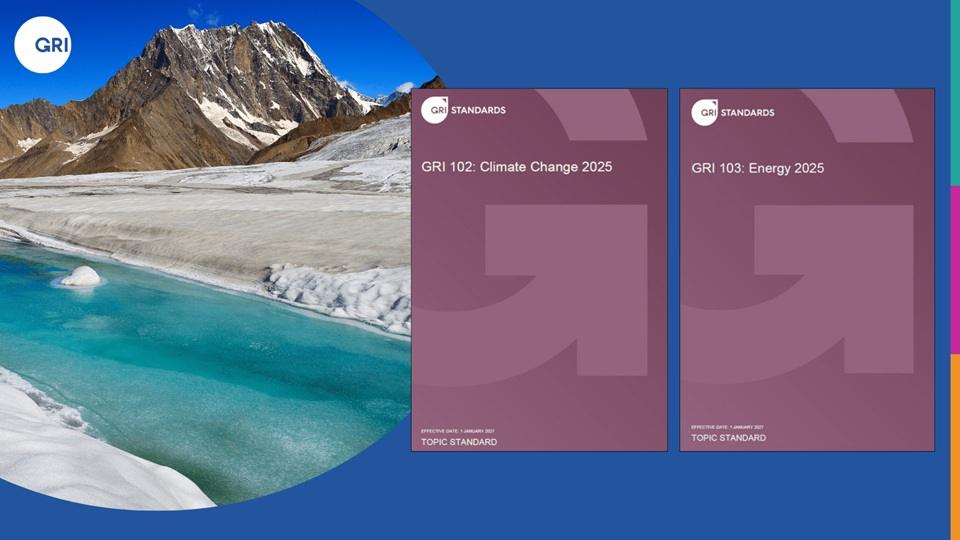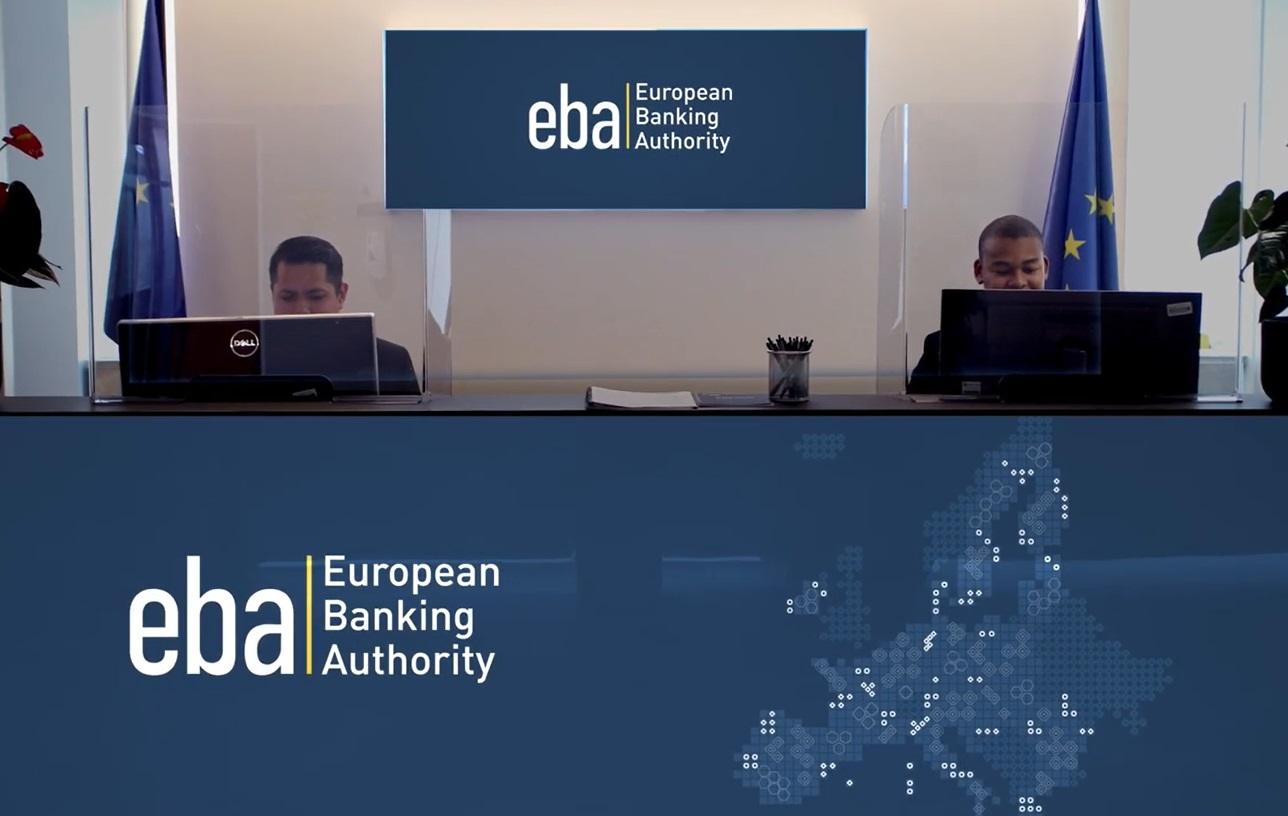GRI Releases New Climate and Energy Reporting Standards
The Global Reporting Initiative (GRI) announced today the release of its new finalized Climate Change and Energy Standards, aimed at enabling companies to disclose on climate-related and energy management issues and impacts, and on how they are managing those impacts.
GRI Sustainability Reporting Standards are one of the most commonly accepted global standards for sustainability reporting by companies, developed to enable consistent reporting across companies and industries, providing clearer communication regarding sustainability matters to a broad range of stakeholders, including investors. The GRI’s standards are developed by the Global Sustainability Standards Board (GSSB).
According to the GRI, the new climate standards follows the identification by the GSSB of climate change-related disclosures as a priority for review, after significant development over the past several years in the climate-related information needs of stakeholders. The GRI noted “a remarkable increase in stakeholder demands for transparency around climate-related action and climate change-related reporting,” with information needs evolving beyond reporting on emissions and energy consumption.
Accordingly, GRI’s new climate standard, “GRI 102: Climate Change,” incorporates a series of changes from the prior climate-focused standards, including incorporating “just transition” principles, with requirements for reporting on impacts workers, communities, and vulnerable groups affected by adaptation and transition plans, as well as from the use of GHG removals and carbon credits. The new standard also includes new disclosures on the development of transition plans for climate mitigation, including information on policies, actions and alignment with scientific evidence, as well as targets and progress to phase out fossil fuels.
Additional new disclosures under the new climate standard include reporting on climate change adaptation plans, disclosures on emissions reduction targets and progress, the use of GHG removals in the value chain and on the use of carbon credits.
The new energy standard, “GRI 103: Energy,” is aimed at enabling companies to disclose on significant energy-related impacts, including disclosures on energy consumption, reduction, efficiency, and renewable energy sourcing, and focuses on impacts associated with energy consumption and the transition to renewables.
Key changes in the new energy standard include management disclosure on the role of energy policies and commitments in the transition to a decarbonized economy, with disclosures on energy target setting and on impacts on the economy, environment, and people that may result from energy consumption and the transition to renewable energy sources, new reporting requirements on energy consumption and generation within the organization and on significant energy consumption in the upstream and downstream value chain, as well as on energy intensity.
GRI CEO Robin Hodess said:
“Climate change is a deeply human issue, as much as it is an environmental one, and these new GRI Standards are unique in bringing these dimensions together. GRI 102 and 103 will enable transparency and action on climate and energy impacts that drives decision-making by companies, regulators, investors and other stakeholders.”
The GRI also noted a focus on interoperability with other sustainability reporting standards in the development of its new climate and energy standards. Alongside the release of the new standards, the GRI and the IFRS Foundation issued a joint statement setting out how GRI 102 and the IFRS’ climate-related standard, IFRS S2, can be used together, including the ability for organizations to use equivalent disclosures in IFRS S2 on Scope 1, 2 and 3 GHG emissions to meet corresponding requirements in GRI 102, as well as noting alignment in areas including transition plans, adaptation plans, and just transition.
Sue Lloyd, Vice Chair of the IFRS Foundation’s International Sustainability Standards Board (ISSB), said:
“We are working together with the GRI to enhance the interoperability and efficiency of reporting using our respective standards. In this regard, we are delighted that the GRI have granted equivalence to IFRS S2 Climate-related Disclosures for disclosures of GHG emissions under GRI 102. This will enable companies to prepare just one set of GHG emissions disclosures in accordance with IFRS S2, to meet the requirements in both standards.”
The GRI added that it also collaborated with EFRAG to achieve a high degree of interoperability with the European Sustainability Reporting Standards (ESRS) underlying the EU’s CSRD regulation, and that the new climate standards’ targets setting content is aligned with the current version of the Science Based Targets initiative’s (SBTi) Corporate Net Zero Standard.
GSSB Chair Carol Adams said:
“Amid an escalating climate emergency, the GRI Standards for Climate Change and Energy get to the heart of why companies need to be accountable for their impacts on people and planet, an essential precursor to understanding related risks and opportunities. By supporting organizations to disclose their climate change impacts in a comprehensive and comparable way, including the impacts of transition and adaptation plans, GRI 102 and 103 have a key role in the advancement of a cohesive and effective global system for climate reporting.”
Click here to access the new standards.





